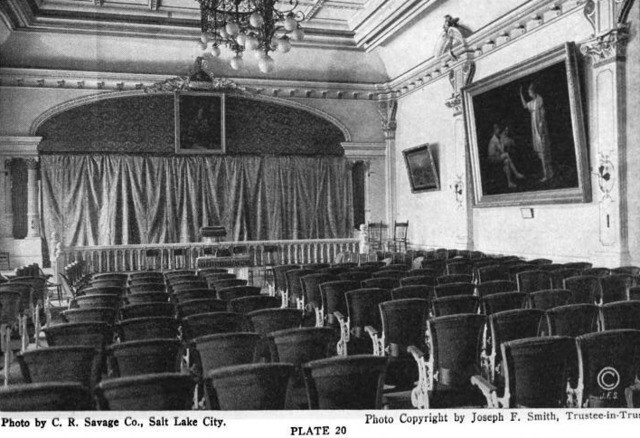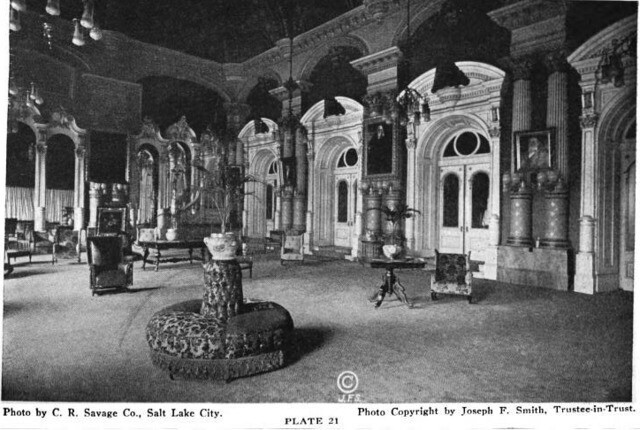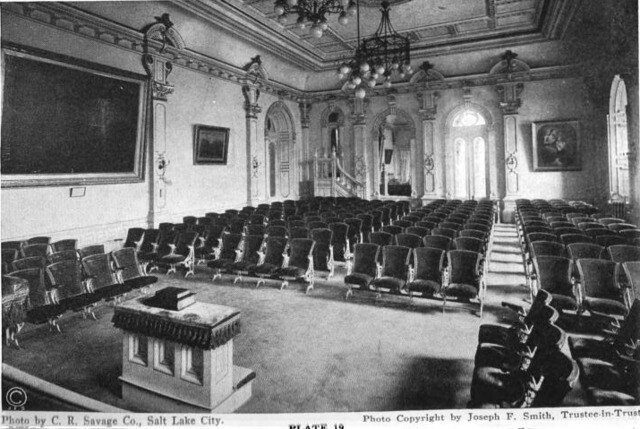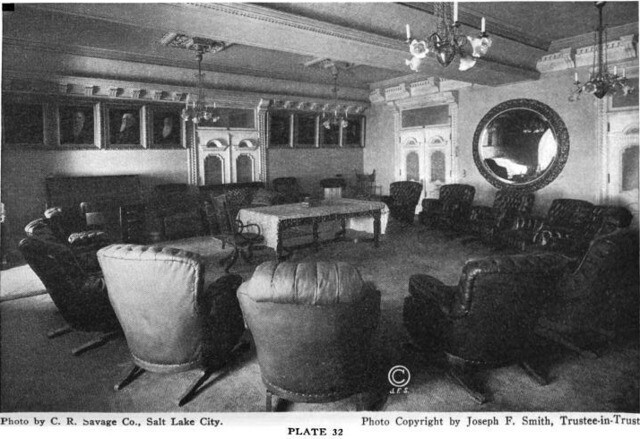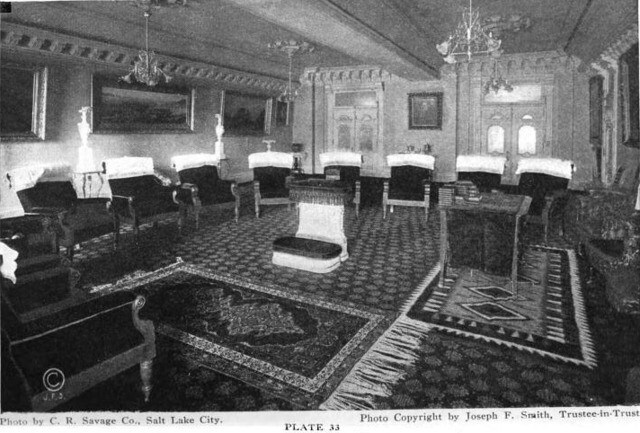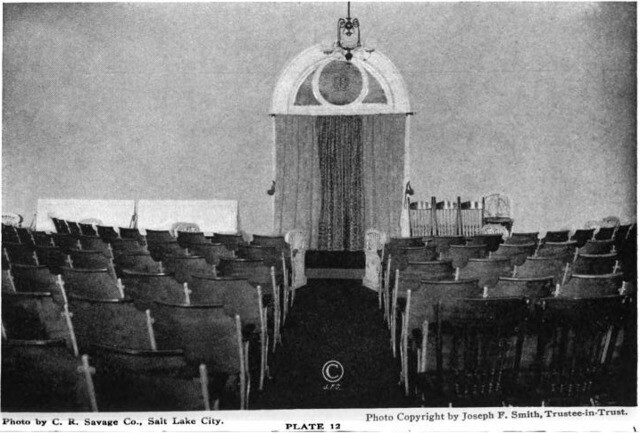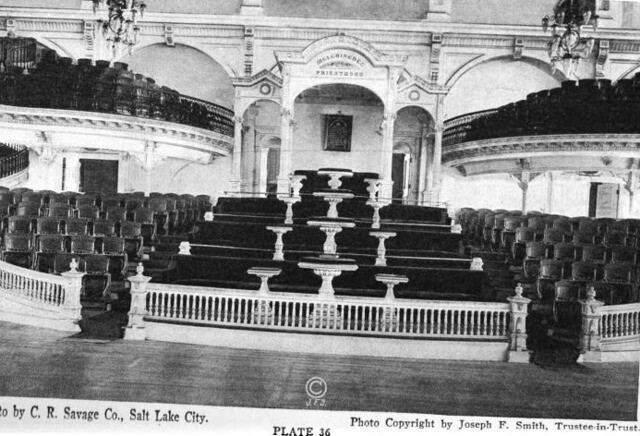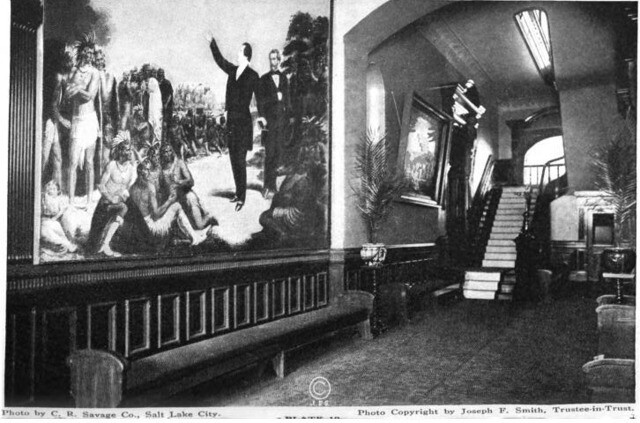Author's note: The pictures shown in this post are not intended to be disrespectful or make light of sacred things. They were commissioned by Church leadership in the early 1900s and are illustrative of the physical changes the temple has gone through since that time.
Eighteen years after the Salt Lake Temple was dedicated, James E. Talmage was commissioned to put together a book that explained the importance and purpose of LDS temples, complete with photographs of the interior of the Salt Lake Temple. The idea for this unique project, however, was the result of a rare situation in Church history: blackmail.
In 1911, a former Mormon named Gisbert Bossard, with the aid of a temple grounds gardener, snuck into the Salt Lake Temple while it was being renovated and took photographs of the inside. Then, working with a shady businessman named Max Florence, Bossard attempted to sell the photos to the Church for an exorbitant amount of money. Florence sent a letter to President Joseph F. Smith, including a few of the photos and asking for a large sum of money in exchange for keeping them out of the public eye.
The Salt Lake Tribune was the first to report on the scandal, which horrified many faithful Mormons who, of course, felt that their holy temple had been horribly violated.
In response to the blackmailers' request, however, President Joseph F. Smith resolutely declared, "I will make no bargain with thieves or traffickers in stolen goods. I prefer to let the law deal with them."
Soon after, Elder James E. Talmage, then the acting president of the University of Utah, wrote a letter to the First Presidency, suggesting that the Church preempt the blackmailers and produce their own set of interior photos, along with brief, general explanations of the pictures and the purpose of Latter-day Saint temples.
The First Presidency readily agreed and put Talmage in charge of the project. The result was The House of the Lord.
The original printing in 1912 featured over 30 photos in the appendix of different rooms or areas in the temple with accompanying explanations. The blackmailers, thwarted in every attempt to promote their own photos or gain attention from the public, eventually gave up. The House of the Lordquickly became a definitive work on temples and a great resource for members.
Though we always show great reverence for the temple the work done inside it, it is interesting to see how the design of the building itself has changed over time to allow temple work to move forward on a larger scale. Here are some of the photos produced and published by the Church in the original printing of The House of the Lord, taken by photographer Ralph Savage.
(All captions read Photo by C.R. Savage Co. Photo Copyright by Joseph F. Smith, Trustee-in-Trust.)
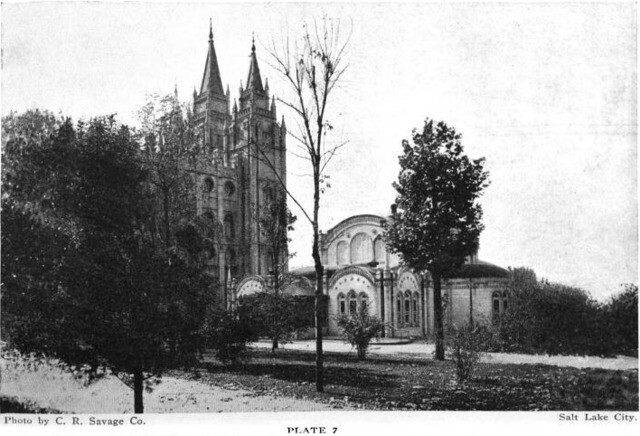
Plate 7: Annex to the Great Temple.
Today, an annex still exists, but it has been remodeled and the architectural design changed.

Plate 8: Assembly Room in the Temple Annex
Today, there is still an Assembly Room in the new Temple Annex.
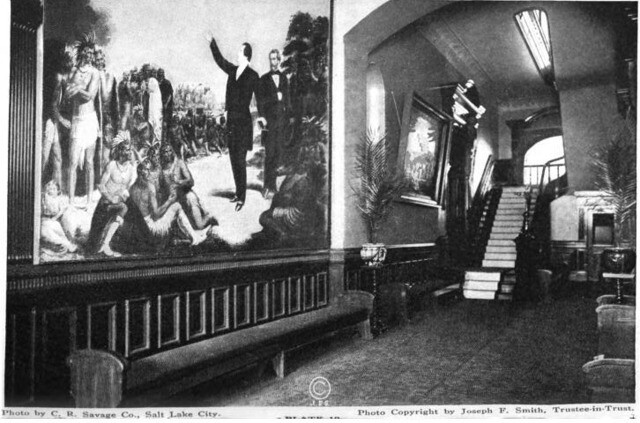
Plate 10: Lower Corridor of the Temple
Today, this corridor has had only slight modifications besides the decor, such as the addition of a ramp and an elevator.
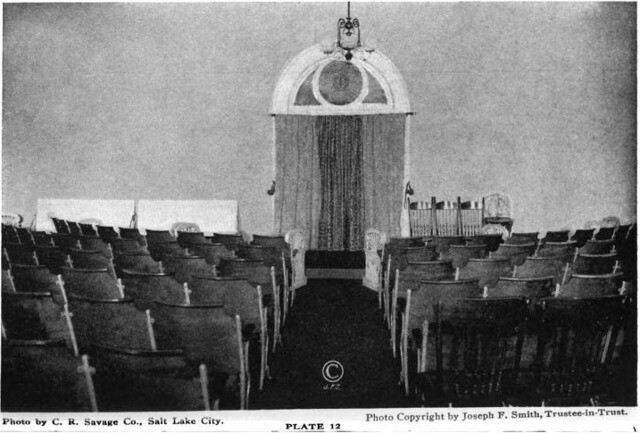
Plate 12: The Lower Lecture Room
Today, the walls of this room are covered in beautiful murals, similar to those found in other instruction rooms in the temple.

Plate 14: The Upper Corridor
This corridor hasn't changed much. The large painting of the Resurrected Christ in the Americas, hanging on the wall on the right, still hangs there today.
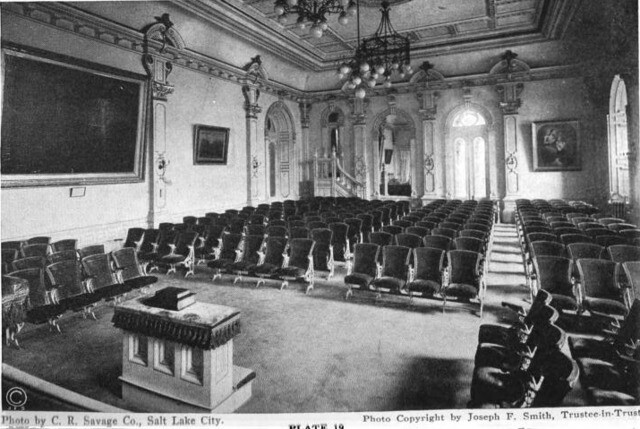
Plate 19: The Terrestrial Room, Looking West
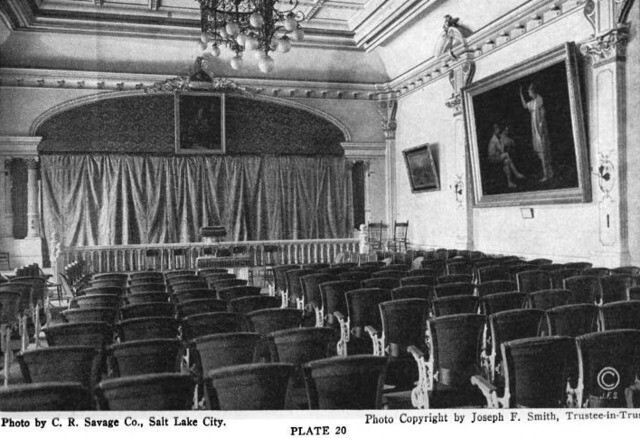
Plate 20: The Terrestrial Room, Looking East
The most obvious change in this room since the 1912 picture is the extension of the curtain to accommodate the large number of patrons that attend the Salt Lake Temple today.
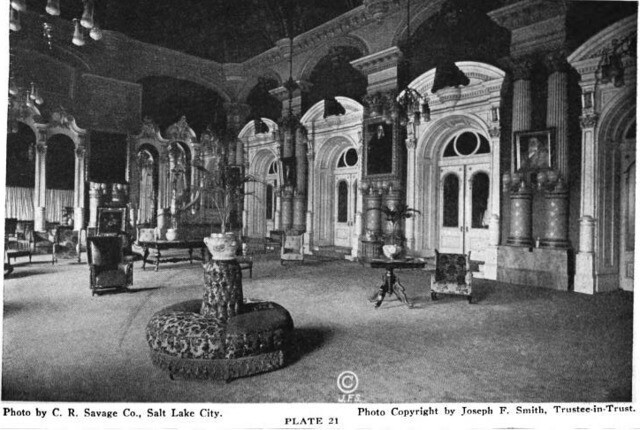
Plate 21: The Celestial Room, Looking East

Plate 22: The Celestial Room, Looking West
Notice the sparse furnishings and rocking chair seen in this early photo, which have been replaced by updated couches and furnishings today. Again, the curtain has been expanded to better utilize space for the number of temple patrons who attend the temple each day.
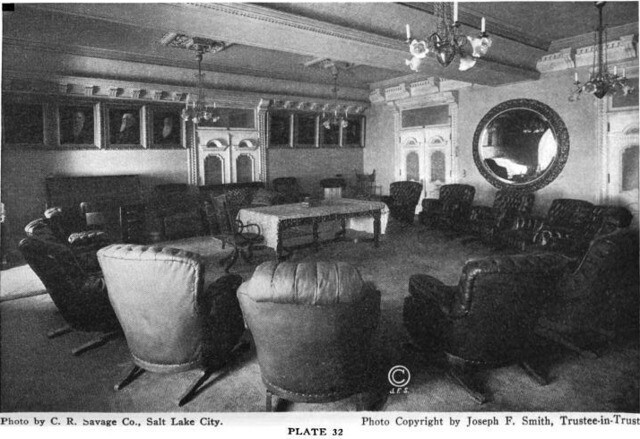
Plate 32: Council Room of the Twelve Apostles

Plate 33: Council Room of the First Presidency and the Twelve Apostles
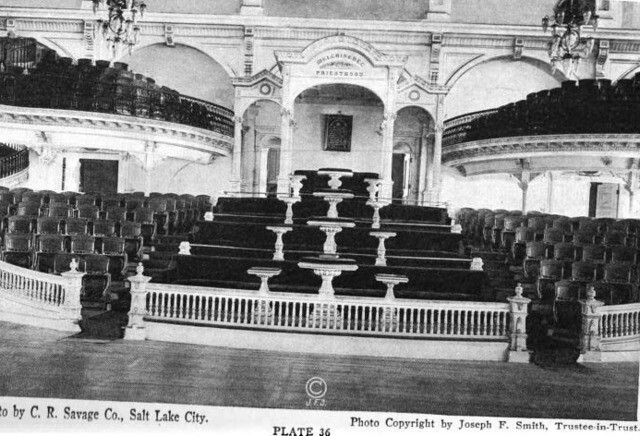
Plate 36: Stand and Pulpits in Main Assembly Room
Today, this room looks the same and is only used occasionally for special meetings, with the permission of the First Presidency.
Get your own current version of James E. Talmage's remarkable work, The House of the Lord.
